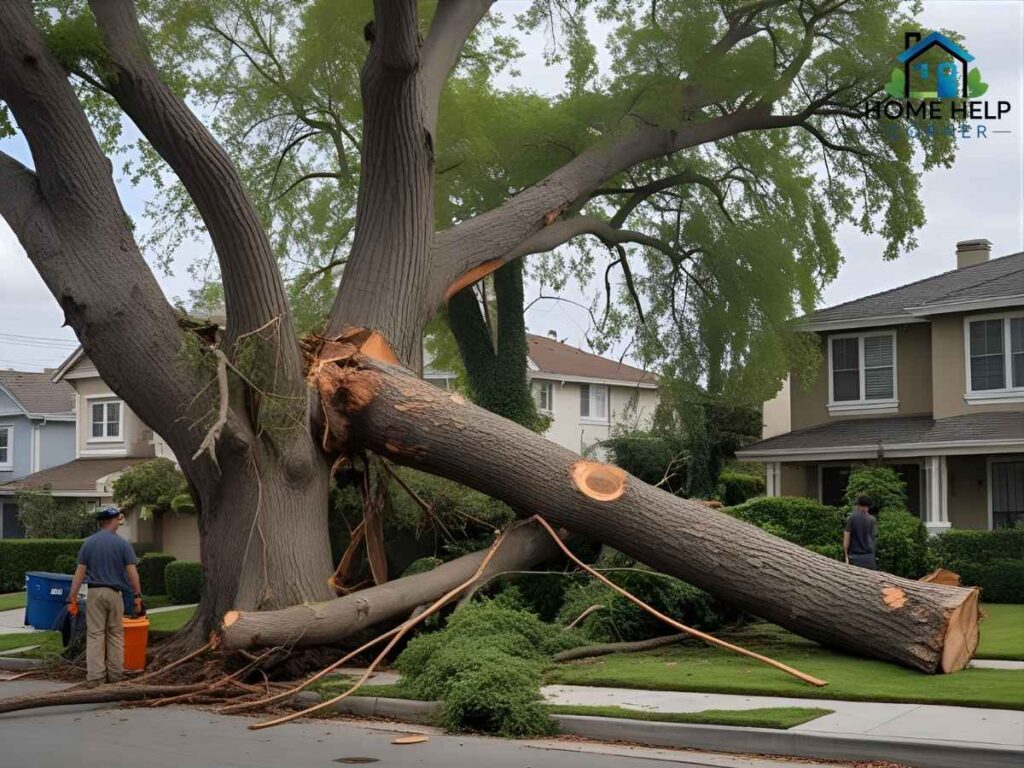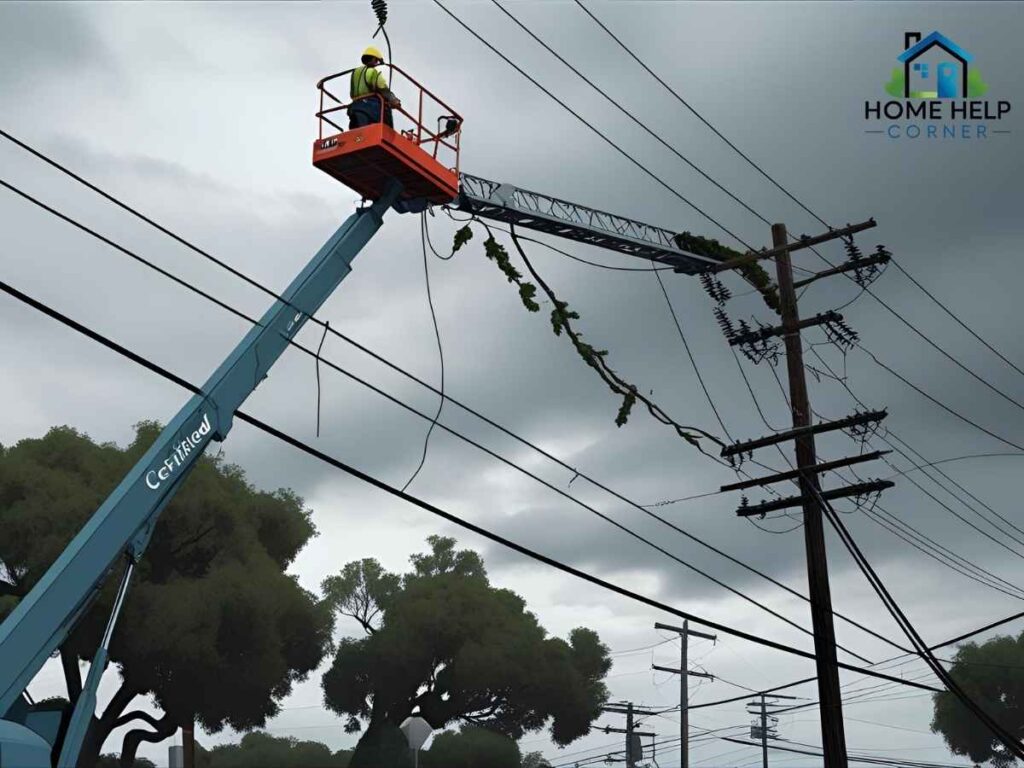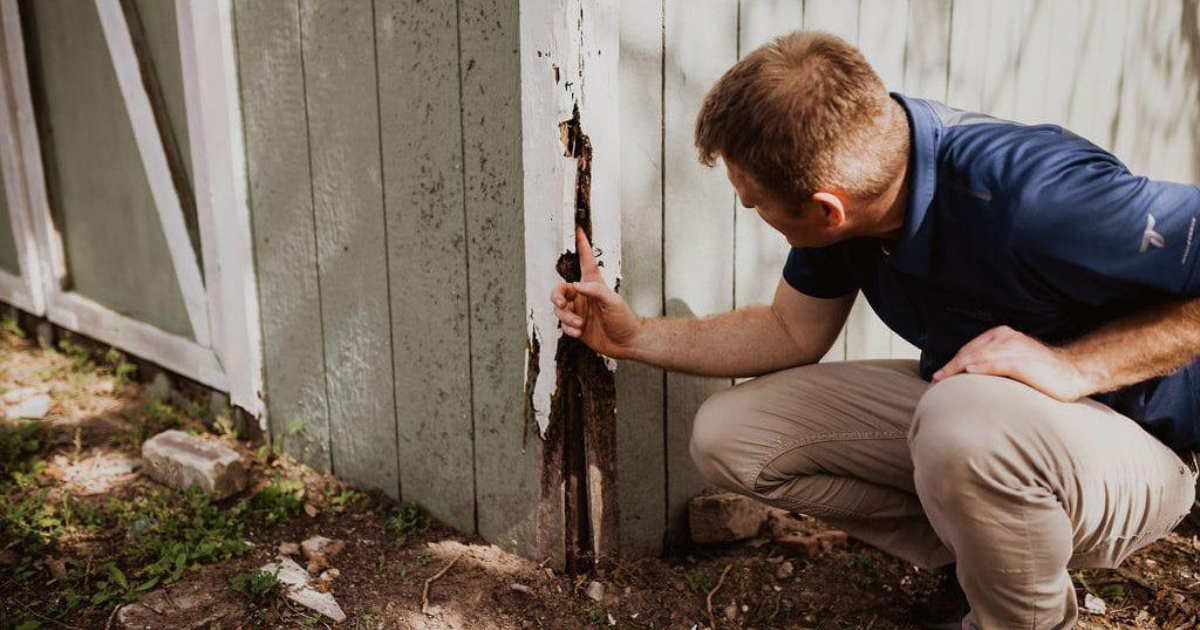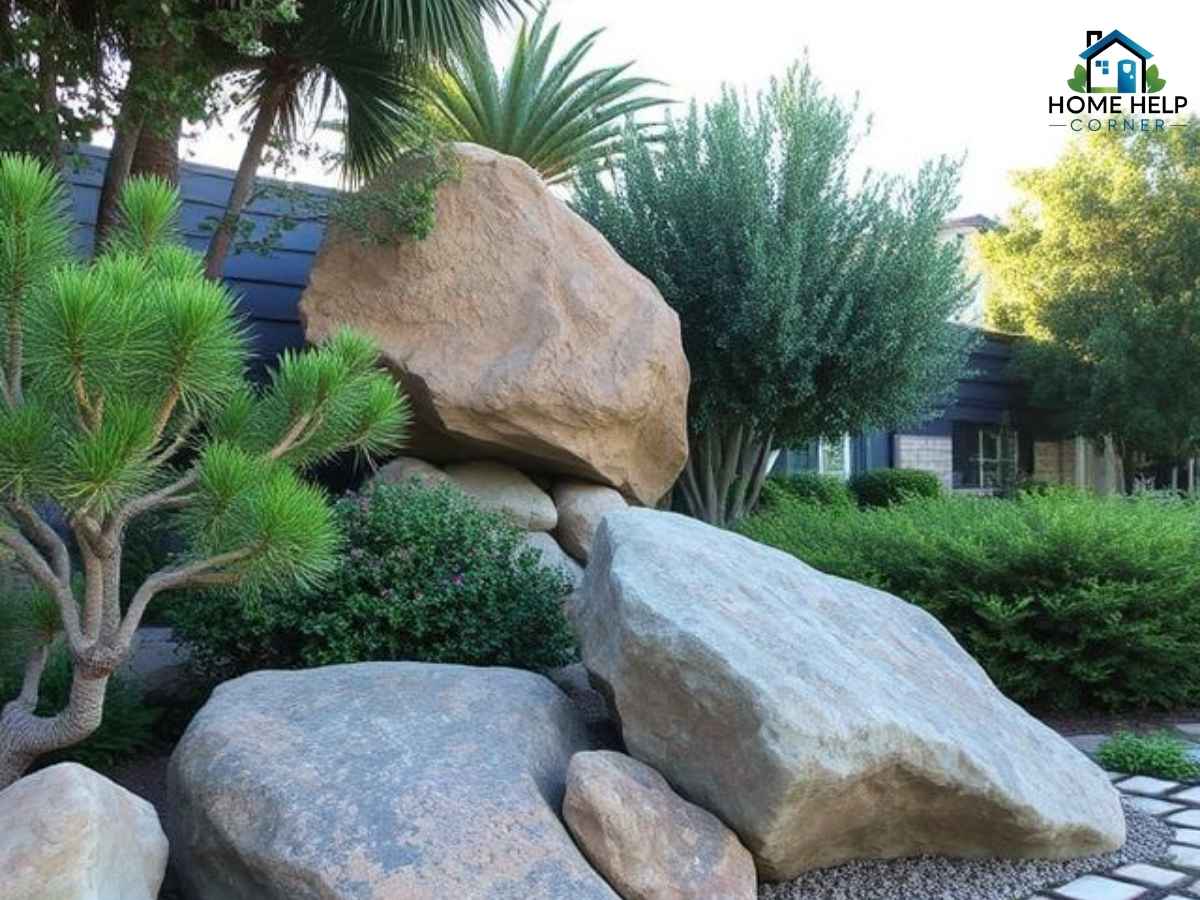Picture it: a rare LA rainstorm sweeps through Richmond and winds gust across South Los Angeles. By morning, a massive sycamore limb hangs precariously over the sidewalk near Slauson Avenue, wobbling with every breeze. In neighborhoods from Mid-City to El Sereno, homeowners scramble to find reliable tree-limb removal services—before city fines, power outages, or accidental injuries strike.
If you live in the Richmond district or any surrounding LA neighborhood, you know that tree-limb removal is more than just curb appeal—it’s about safety, compliance, and protecting treasured green spaces. Los Angeles’ unique climate, local ordinances, and tightly packed streets all add layers of complexity. Here’s how you can make the best choices for your property and community.
Table of Contents
Why Tree-Limb Removal Matters in LA Neighborhoods
Los Angeles is home to an incredibly diverse climate, from the breezy beach air in Venice (90291), to hotter microclimates like Van Nuys (91401) and the historic tree canopies of Windsor Square (90020). While urban forestry enhances shade and curb appeal, it also introduces real risks:

- Sudden Santa Ana winds can snap limbs, threatening homes or parked cars.
- Heavy rainfall or ongoing drought weakens even mature trees, increasing breakage.
- Overhanging branches near power lines put thousands at risk for outages and wildfires.
Many LA neighborhoods, like those flanking Griffith Park or the leafy streets of Highland Park (90042), have mature trees that require regular maintenance. According to the City of Los Angeles’ Bureau of Street Services, all street tree removals require a permit, especially if the tree is a protected species or if three or more trees will be removed at once.
Local Challenges: Richmond and Beyond
Angelenos face challenges distinct from other cities:
- Microclimate stress: The average high in LA hovers around 85°F, but neighborhoods like Woodland Hills (91364) can climb much higher while Malibu (90265) enjoys marine fog. This mix makes some areas prone to drought-induced limb drop.
- Tangled infrastructure: Utility lines crisscross streets in places like Boyle Heights (90033) and West Adams (90016), which means city regulations strictly prohibit property owners from trimming near high-voltage wires.
- Frequent urban development: Construction, sidewalk repairs, and urban heat often stress root systems, making trees unpredictable. The city’s tree canopy program is vibrant but selective—maintenance remains the homeowner’s responsibility.
When Do You Need Tree-Limb Removal?
- After storms or wind events
- When branches encroach sidewalks or neighbor property
- If limbs show visible disease (like powdery mold or deep cracks)
- Pre-emptively, before construction/renovation projects
How Does Tree-Limb Removal Work in Your LA Neighborhood?
Professional tree-limb removal in LA revolves around three pillars: safety, compliance, and local expertise.
- Assessment & Estimate
- A certified arborist visits your property to assess tree health, proximity to power lines, and city code constraints.
- You receive a written estimate and safety plan.
- Permitting & Prep
- For public trees or protected species, apply for a permit via StreetsLA or the Urban Forestry Division.
- Work around power lines? Only city-authorized crews or LADWP contractors may proceed.
- Removal & Clean-Up
- Crews use specialized rigging, bucket trucks, and in some cases cranes—crucial for narrow streets or tight alleys in Westlake or Echo Park.
- After limbs are removed, responsible companies haul debris and leave your property tidy.
Tip: Always verify that your contractor is licensed, insured, and certified with the International Society of Arboriculture (ISA).
Neighborhood Case Studies: Real Stories from LA
Echo Park (90026): Storm Aftermath
After a blustery January squall, Lily S., a homeowner on Bellevue Avenue, awoke to a 40-foot limb wedged against her fence. She called a local tree care company, which coordinated with LADWP due to nearby power lines. Thanks to their 24-hour emergency service, the limb was safely removed by midday, and Lily avoided costly fines and neighborhood outrage.
Windsor Hills (90056): Preventative Maintenance
The Johnson family wanted to remove unstable eucalyptus limbs crowding their driveway. Their service provider first checked city maps and confirmed no protected species or permits were required (since it was a private tree). The crew used bucket lifts for precise cuts, ensuring no debris fell into the busy Crenshaw Boulevard below.
Silver Lake (90039): Navigating City Permits
Jorge T. inherited a property with several overgrown sycamores threatening the city sidewalk. Since three trees needed major limb removal, he filed an application with the Bureau of Street Services and posted a notice, as required. The approved removal, guided by a city inspector, kept his property code-compliant and neighbor-friendly.
Top 3 Tree-Limb Removal Pros in Los Angeles
When safety and compliance are at stake, these three local providers set the industry standard:
Gabriel Tree Services & Landscaping
Comprehensive tree-limb and tree removal for residential and commercial properties. Known for rapid emergency response (often within the hour), expert handling of tight spaces, and detailed cleanup. Fully insured, ISA-certified staff, and excellent reviews across LA.
Website: gabrieltreeservices.com
LA Tree Pros
Specialists in complex removals—including crane-assisted jobs for large or hazardous trees. LA Tree Pros are renowned for safe operations near power lines and offer assistance with city permitting. Crews are available for same-day emergencies.
Website: latreepros.com
Bay Cities Tree Preservation
Affordable rates with a focus on long-term tree and neighborhood health. Bay Cities Tree Preservation provides meticulous limb removal, ongoing maintenance plans, and sustainable tree replacement options to keep LA green. Serves all major LA ZIP codes and neighborhoods.
Website: baycitiestreepreservation.com
Local Tools, Permitting & Resources
Understanding city codes is half the battle. LA has strict guidelines, especially near sidewalks, streets, and power lines:
- Tree Removal Permits: All permit information is managed by the StreetsLA Bureau. Apply and track your request online or visit their tree removal permit page.
- Power Line Safety: Never trim branches within 18 inches of voltage lines. For concerns, visit the LADWP Tree Trimming page or call 1-800-DIAL-DWP.
- Debris Removal: For post-storm cleanup, see the LA County public works guide to storm debris removal.

What Sets LA Tree-Limb Removal Apart?
- Hyper-local service: Providers understand quirks of each ZIP code—from Venice Beach palms to Sherman Oaks oaks.
- Fast response: Many companies offer 24/7 help for dangerous limb drops, especially after storms or wind events.
- Code compliance: Avoid city fines and HOA issues by working with pros who handle permits and maintain meticulous records.
Inline Q&A – People Also Ask
What does tree-limb removal cost in Los Angeles?
Costs generally range from $200–$800 per limb, depending on complexity, tree size, and access. Emergency services or large removals may be higher. Always request a detailed estimate.
Do I need a permit for tree-limb removal in my neighborhood?
If the limb is on a protected street tree or involves heavy cutting/removal, yes—check with StreetsLA before starting work. Private trees often don’t need a permit unless they’re protected species.
Who’s responsible for removing tree limbs near power lines?
If limbs threaten high-voltage lines, only LADWP or a licensed line clearance contractor may remove them. Report potential hazards via the LADWP hotline.
Frequently Asked Questions
How often should I schedule tree-limb removal in Los Angeles?
In LA’s climate, it’s recommended to inspect large trees annually and remove problem limbs before the storm and fire seasons (late fall to early spring).
Can I trim or remove limbs from my neighbor’s tree?
You may trim branches crossing your property line, provided you don’t harm the overall health of the tree. Always discuss plans with your neighbor and, if in doubt, consult a local arborist.
What are the risks of DIY limb removal?
Besides potential injury, removing limbs without proper knowledge can damage the tree or infrastructure and leave you liable for power outages, fines, or neighbor disputes.
Which neighborhoods face the highest risk for falling limbs?
Areas with older, denser canopies such as Hancock Park, Pasadena-adjacent corners, and hillside neighborhoods like Mount Washington often experience more limb drops due to weather stress and mature trees.
How do I tell if a tree limb is dangerous?
Watch for cracks, cavities, dead wood, mushrooms at the base, or recent soil upheaval. If in doubt, have a certified arborist inspect for hidden weaknesses quickly.


